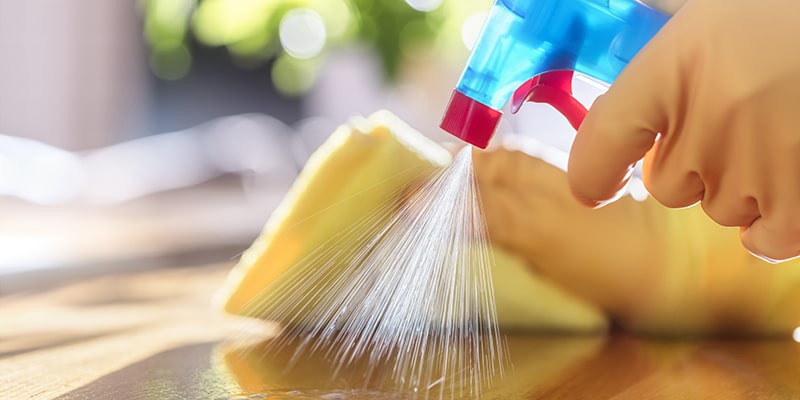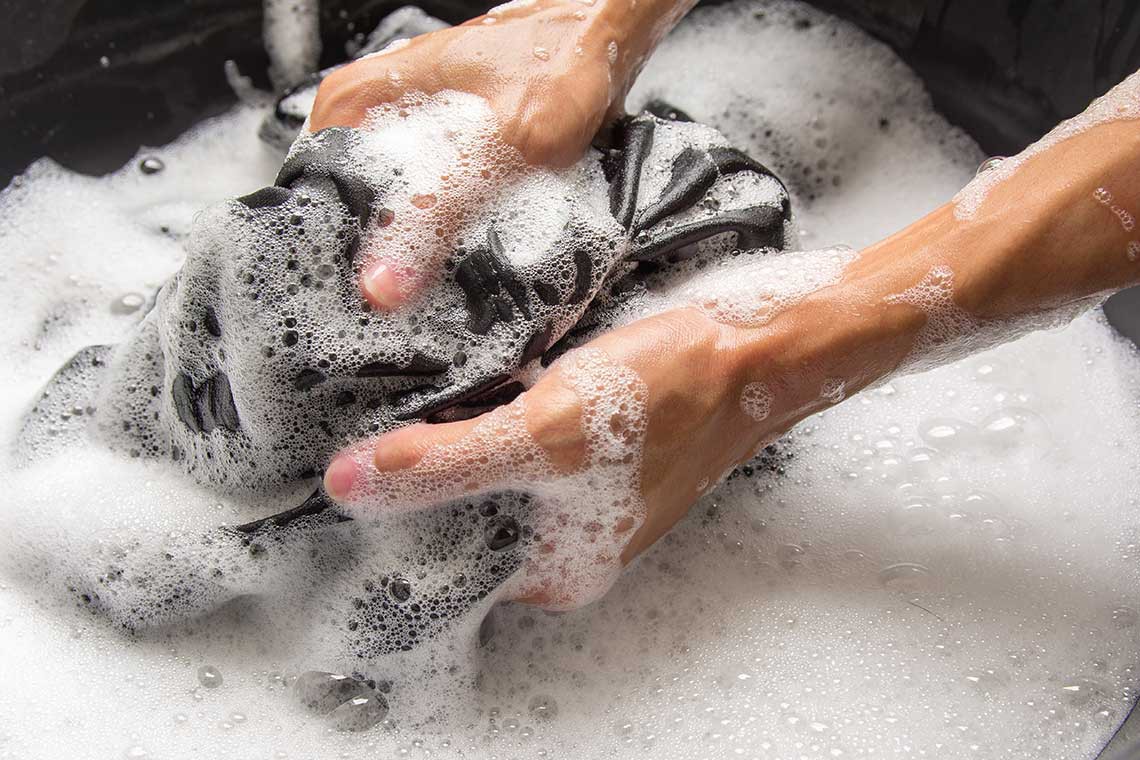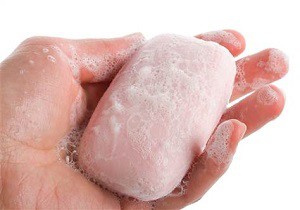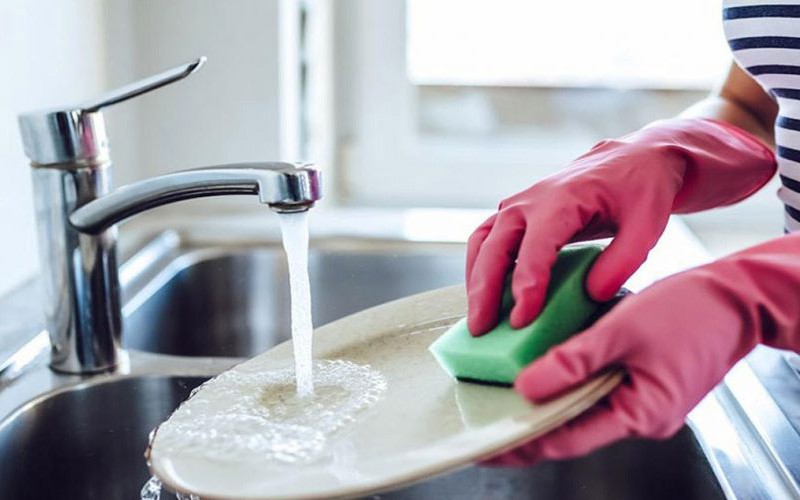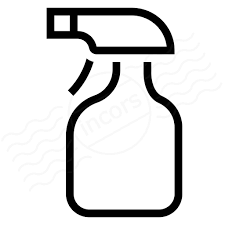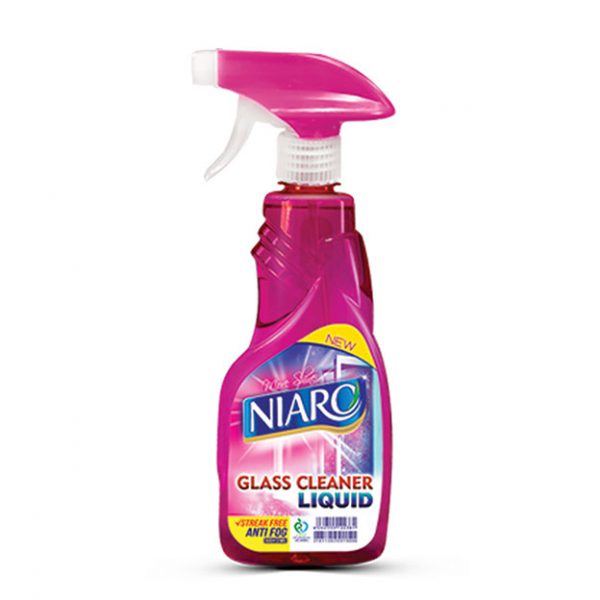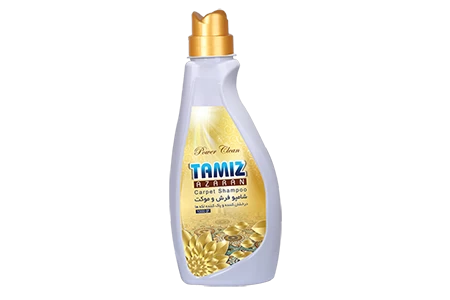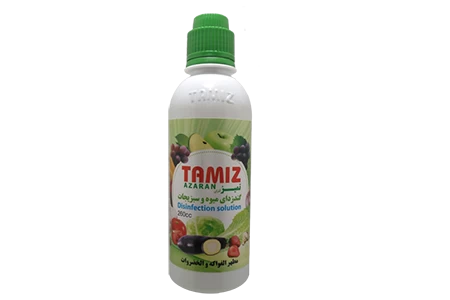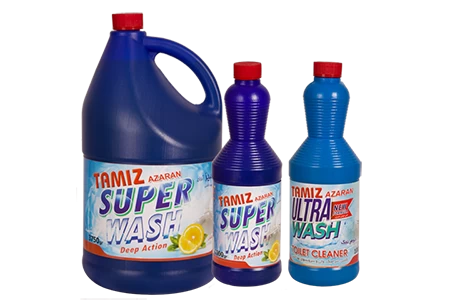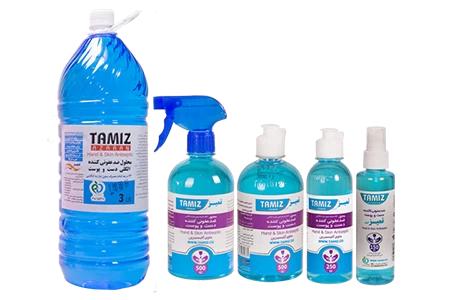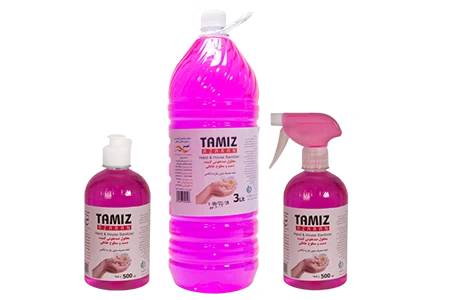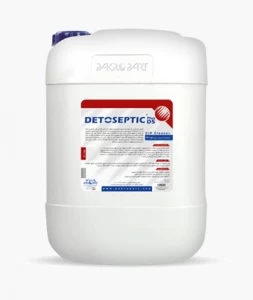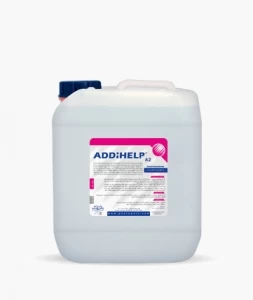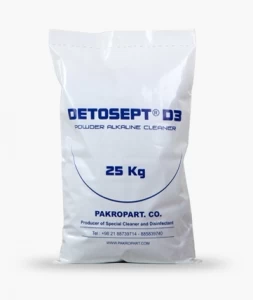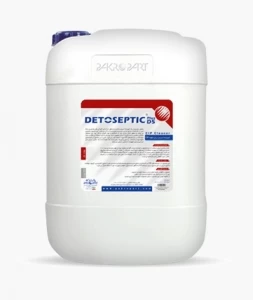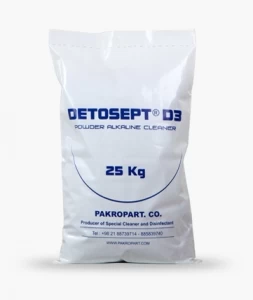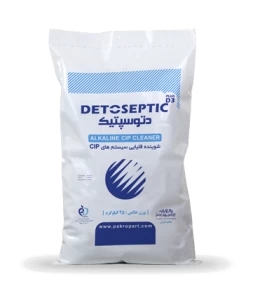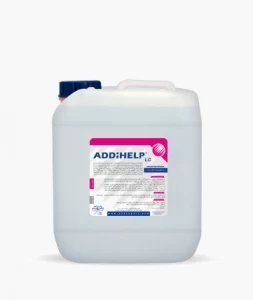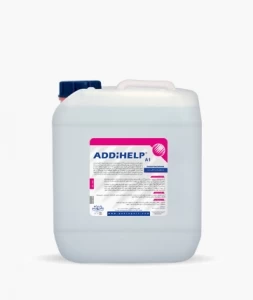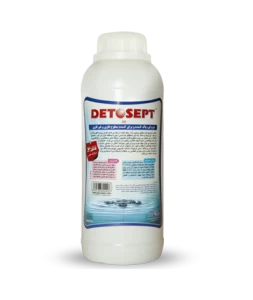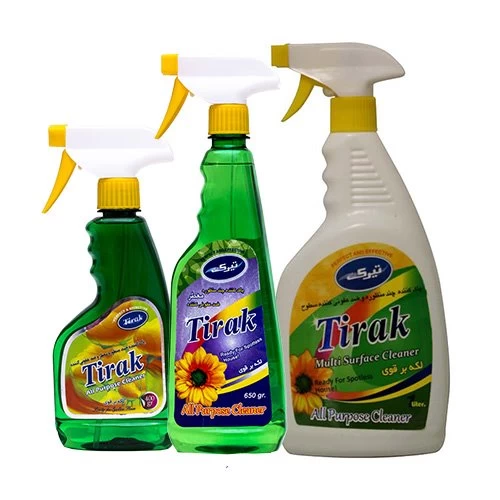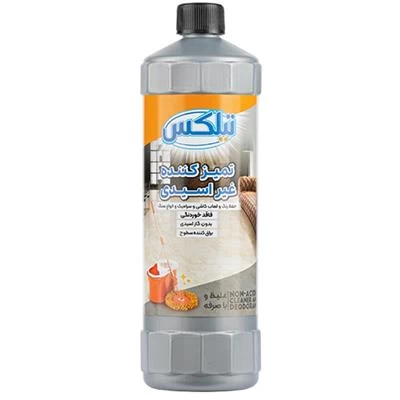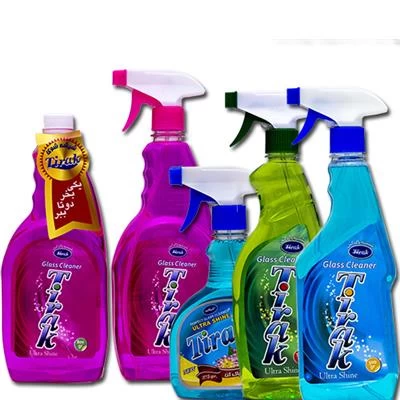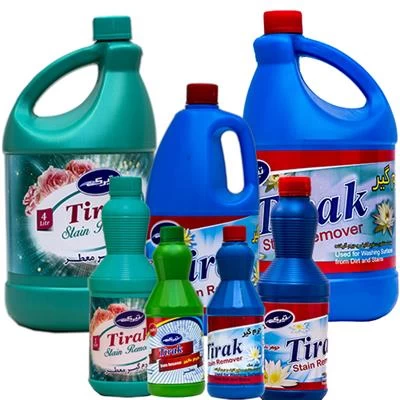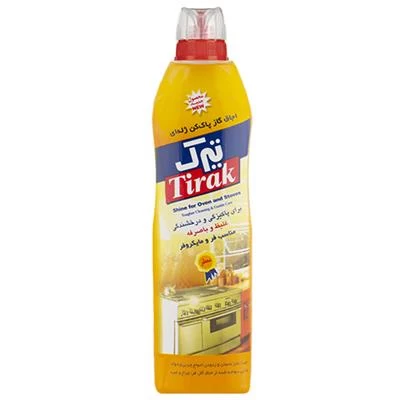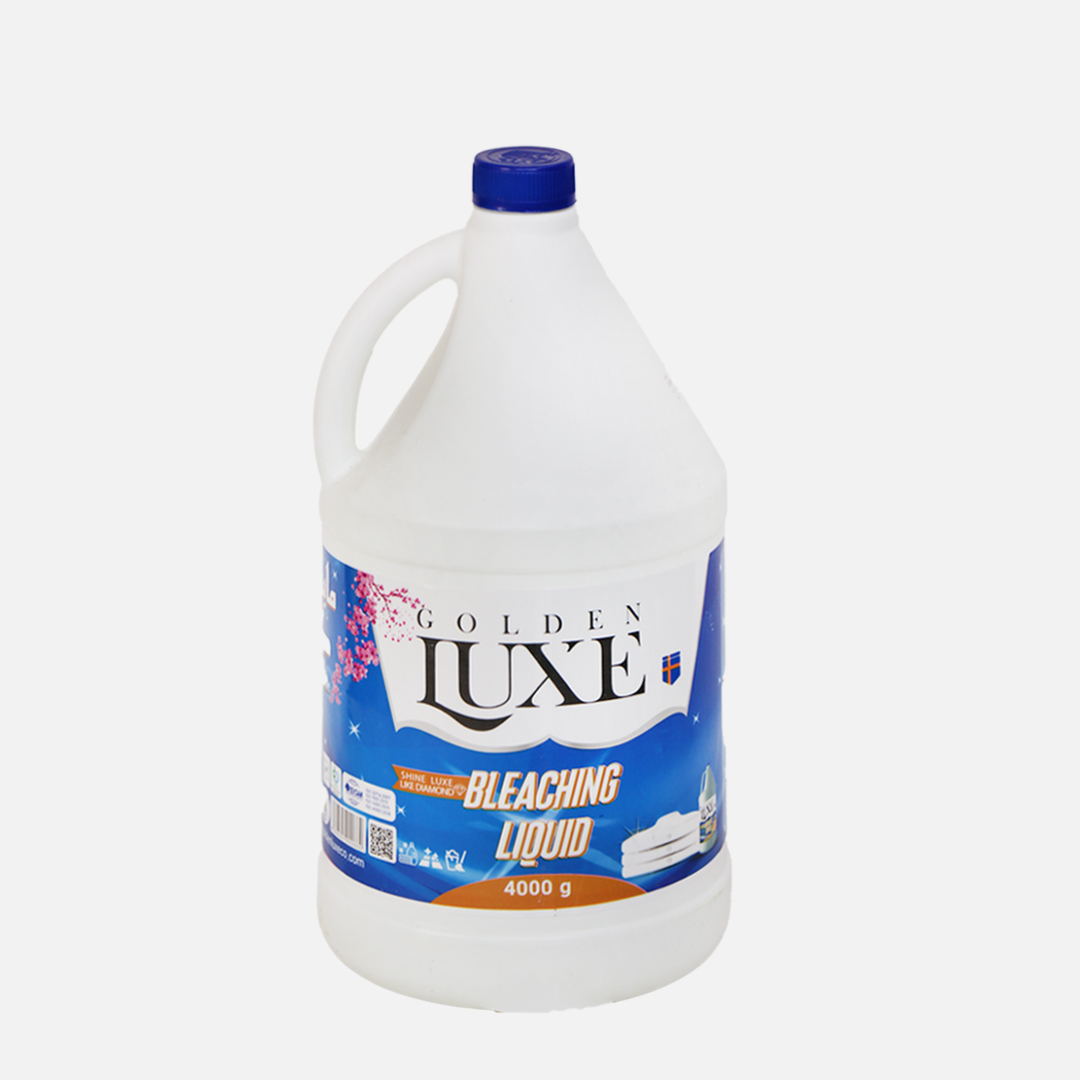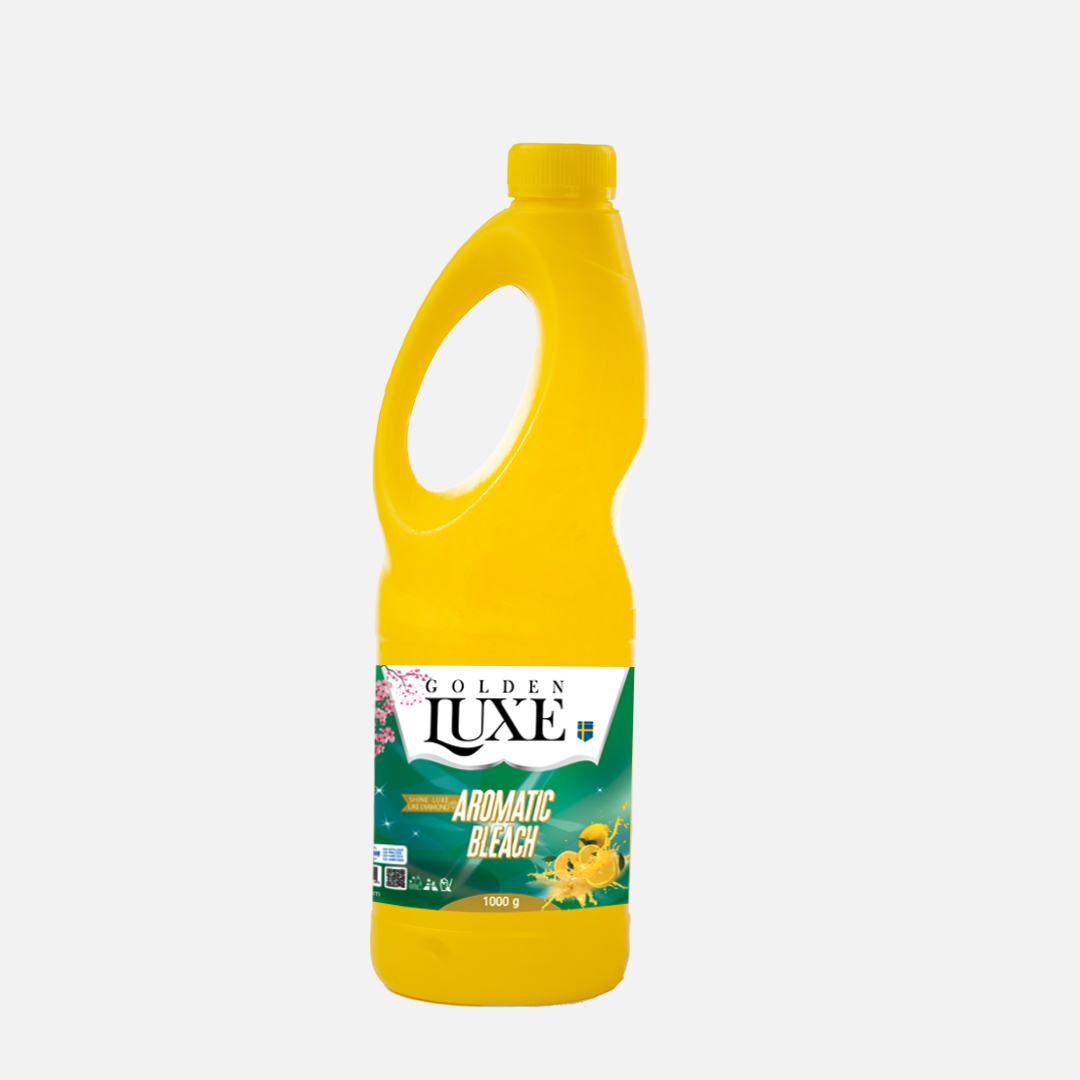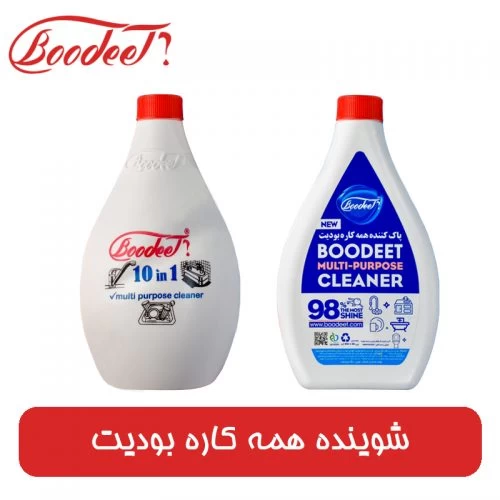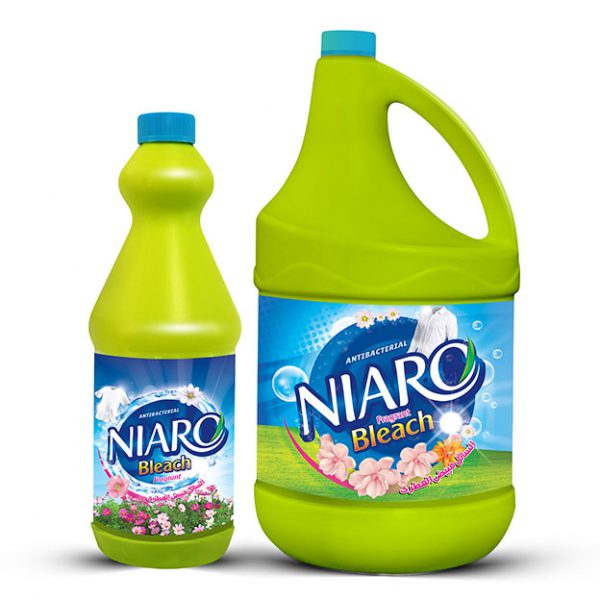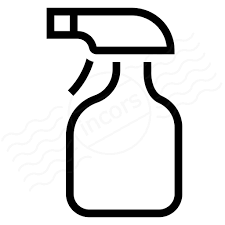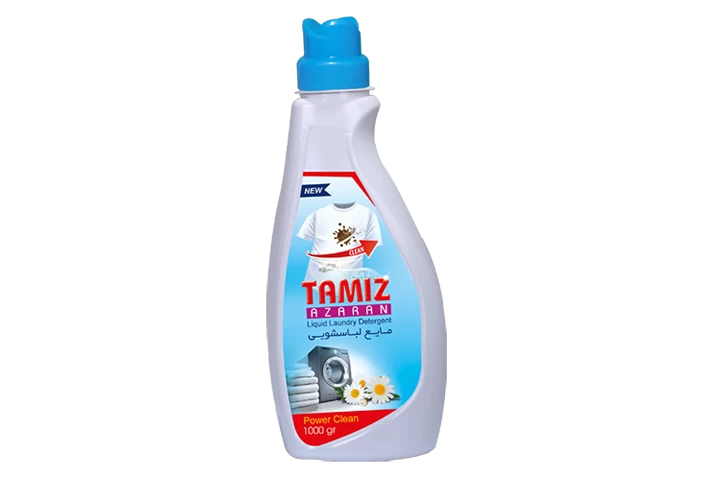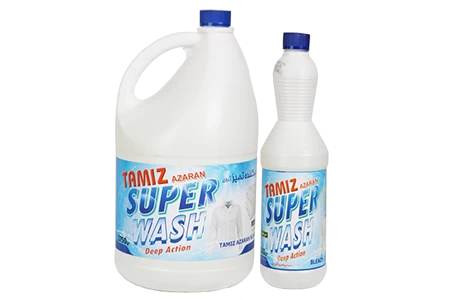Detergent
Detergents are cleaning agents designed to remove dirt and stains.
They can be classified into categories like laundry detergents and dishwashing detergents. Some contain enzymes for stain removal, while others are formulated for specific purposes like high-efficiency washers or sensitive skin.
Laundry detergents are used for washing clothes and typically contain surfactants that help lift dirt and stains. Enzymes in some detergents break down protein-based stains. There are also specialized detergents for delicates or those with allergies.
Dishwashing detergents are formulated for cleaning dishes. They often include surfactants to break down grease. Automatic dishwashing detergents for dishwashers come in various forms like powder, liquid, or tabs.
It's essential to follow usage instructions to ensure effective cleaning without damaging fabrics or dishes. Additionally, eco-friendly options with biodegradable ingredients are gaining popularity.
Chemical detergents typically contain synthetic surfactants, which are molecules that reduce the surface tension of water, allowing it to spread and penetrate better. These surfactants help break down and remove dirt, grease, and stains from surfaces.
In laundry detergents, chemicals like optical brighteners may be added to enhance the appearance of fabrics. Bleaching agents, such as hydrogen peroxide, contribute to stain removal. Enzymes like amylase and protease break down starch and protein stains, respectively.
In dishwashing detergents, chemicals like sodium carbonate and sodium silicate may be present to aid in cleaning and preventing mineral deposits.
It's crucial to use chemical detergents according to instructions to achieve optimal cleaning results while minimizing any potential negative effects on fabrics or surfaces.
The primary purpose of detergents is to clean by removing dirt, stains, and grease from various surfaces. In laundry, detergents help break down and lift soil from clothes during washing. In dishwashing, they remove grease and food residues from dishes and utensils. Detergents achieve this by containing surfactants, which reduce the surface tension of water, allowing it to penetrate and break down substances more effectively. Additionally, some detergents may contain enzymes, bleaching agents, or other chemicals to target specific types of stains or enhance cleaning performance.

Detergents can be used in various settings for cleaning purposes. Here are common areas of use:
1. Laundry: Used in washing machines to clean and remove stains from clothes.
2. Dishwashing: Applied to clean dishes, utensils, and cookware, either by hand or in dishwashers.
3. Surface Cleaning: Suitable for cleaning surfaces like floors, countertops, and bathroom fixtures.
4. Personal Care Products: Some mild detergents are used in products like shampoos and body washes.
5. Industrial Cleaning: Used in large-scale cleaning processes for machinery, equipment, and industrial spaces.
6. Vehicle Cleaning: Detergents designed for automotive use can clean vehicles, including cars, trucks, and motorcycles.
It's important to choose the right type of detergent for the specific cleaning task to ensure effective and safe results.
Detergents typically contain several key ingredients that work together to clean effectively. These may include:
1. Surfactants: Surface-active agents that reduce the surface tension of water, helping it spread and penetrate dirt and stains.
2. Builders: Substances like phosphates or zeolites that enhance the cleaning efficiency by softening water and preventing the re-deposition of dirt.
3. Enzymes:Biological molecules that break down specific types of stains, such as proteins, starches, or fats.
4. Bleaching Agents: Chemicals like hydrogen peroxide that contribute to stain removal and brightening of fabrics.
5. Fragrances:Added for a pleasant scent.
6. Stabilizers and Preservatives:Included to maintain the stability and shelf life of the detergent.
7. Chelating Agents: Help in controlling water hardness and improving the overall cleaning performance.
The specific formulation varies among different types of detergents, such as laundry detergents or dishwashing detergents, depending on their intended use.
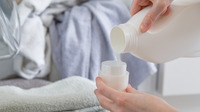
Detergents contain a variety of chemicals that contribute to their cleaning efficacy. Common chemicals found in detergents include:
1. Surfactants: Examples include sodium lauryl sulfate and linear alkylbenzene sulfonates, which reduce water's surface tension and enhance its cleaning ability.
2. Builders: Substances like phosphates or zeolites that soften water, preventing the re-deposition of dirt and improving cleaning efficiency.
3. Enzymes: Amylase, protease, and lipase are enzymes that break down starches, proteins, and fats, respectively.
4. Bleaching Agents: Hydrogen peroxide or sodium percarbonate for stain removal and whitening.
5. Fragrances:Aromatic compounds added for a pleasant scent.
6. Stabilizers and Preservatives:Chemicals to maintain the stability and shelf life of the detergent.
7. Chelating Agents: Ethylenediaminetetraacetic acid (EDTA) or citric acid, which help control water hardness and improve cleaning.
8. Optical Brighteners: Chemicals that enhance the appearance of fabrics by absorbing ultraviolet light and re-emitting it as visible blue light.
It's important to note that formulations can vary among different detergent brands and types.
While detergents are generally safe for use, there can be some negative effects associated with them, including:
1. Skin Irritation:Some people may experience skin irritation or allergies due to the chemicals in detergents. This is more common with harsher formulations.
2. Environmental Impact:Certain detergent ingredients, such as phosphates, can contribute to water pollution and harm aquatic ecosystems. Eco-friendly detergents are designed to minimize these environmental effects.
3. Residue Buildup:Incorrect use or excessive detergent can lead to residue buildup on clothes, dishes, or in washing machines, affecting cleanliness and efficiency.
4. Volatile Organic Compounds (VOCs):Some detergents release VOCs, contributing to indoor air pollution. Choosing low-VOC or fragrance-free options can mitigate this.
5. Water Softeners:Certain water softeners in detergents may contain salt, which can be a concern for individuals on low-sodium diets or in regions with salty water sources.
To minimize negative effects, it's important to use detergents according to instructions, choose products suitable for your needs, and consider environmentally friendly options.
Detergents offer several positive effects when used appropriately:
1. Effective Cleaning: Detergents excel at removing dirt, stains, and grease from various surfaces, ensuring cleanliness.
2. Versatility:They are versatile and can be used for laundry, dishwashing, surface cleaning, and more, making them convenient for various cleaning tasks.
3. Stain Removal: Many detergents contain enzymes and bleaching agents that target specific stains, improving the chances of successful stain removal.
4. Improved Hygiene:Regular use of detergents helps maintain cleanliness in clothing, dishes, and living spaces, contributing to better hygiene.
5. Time and Labor Saving: Detergents, especially in automated processes like washing machines and dishwashers, save time and effort compared to manual cleaning.
6. Odor Control:Some detergents include ingredients that neutralize odors, leaving clothes and dishes smelling fresh.
7. Preservation of Fabrics: By removing dirt and stains effectively, detergents contribute to preserving the quality and lifespan of fabrics.
When used responsibly and according to instructions, detergents provide positive outcomes for cleaning and maintaining personal and household items.

Mixing certain detergents can be dangerous, leading to chemical reactions that may produce harmful gases or substances. Avoid these combinations:
1. Bleach and Ammonia:Mixing bleach (containing sodium hypochlorite) with ammonia produces toxic chloramine vapors, which can cause respiratory issues and other health problems.
2. Bleach and Acidic Cleaners: Combining bleach with acidic cleaners (like those containing vinegar or lemon) can release chlorine gas, posing respiratory hazards.
3. Bleach and Hydrogen Peroxide: Mixing bleach with hydrogen peroxide can produce oxygen gas, which can be flammable and cause respiratory issues.
4. Bleach and Rubbing Alcohol:This combination can form chloroform and other toxic compounds, posing serious health risks.
Laundry detergents are used for washing clothes and typically contain surfactants that help lift dirt and stains. Enzymes in some detergents break down protein-based stains. There are also specialized detergents for delicates or those with allergies.



FAQs
What's interesting fact about detergents?
Detergents use surfactants to break down grease and oil, making them effective in cleaning.
What does detergents helpful?
Detergents are helpful for cleaning by breaking down and removing dirt, grease, and stains from surfaces.
What are the most common laundry mistakes?
Common laundry mistakes include overloading the machine, using too much detergent, ignoring care labels, and not sorting clothes properly.
How do we can find the right laundry detergents?
Find the right laundry detergent by considering your laundry needs (e.g., stain removal, fabric type), checking for allergies, and following garment care labels.
Do we have to separate clothes to do the laundry?
Yes, separating clothes before laundry helps prevent color bleeding and ensures proper care for different fabric types.
 +7929688-88-14
+7929688-88-14

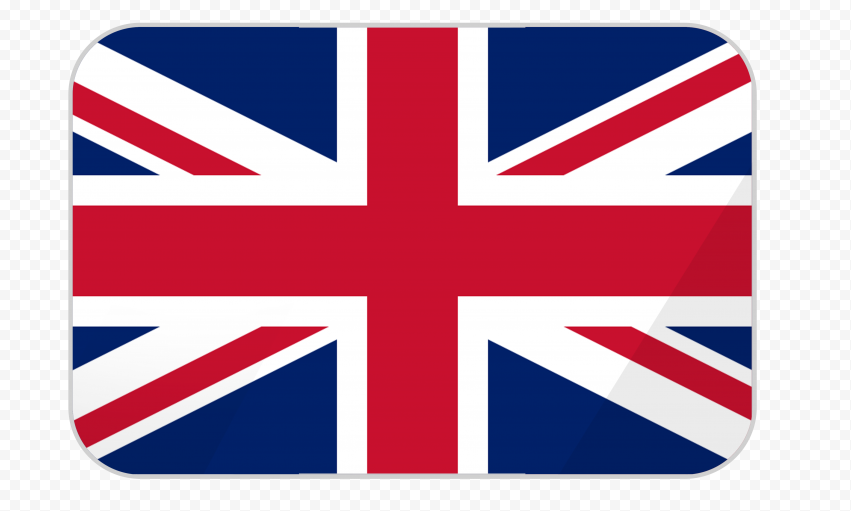 English
English
 Persian
Persian
 Russian
Russian
 Chinese
Chinese


 +7929688-88-14
+7929688-88-14

